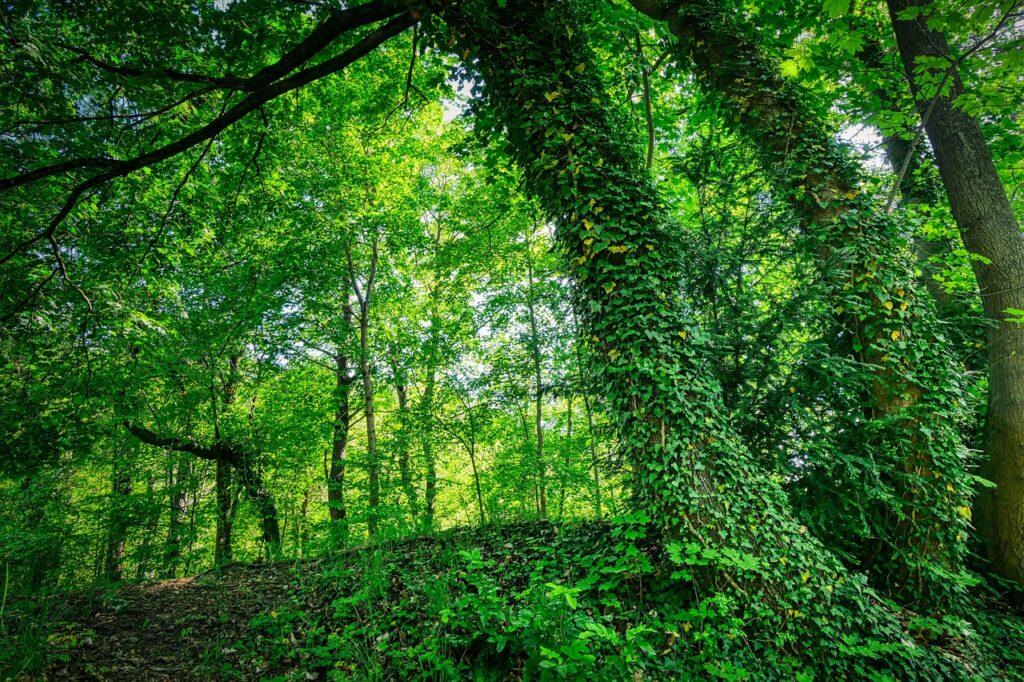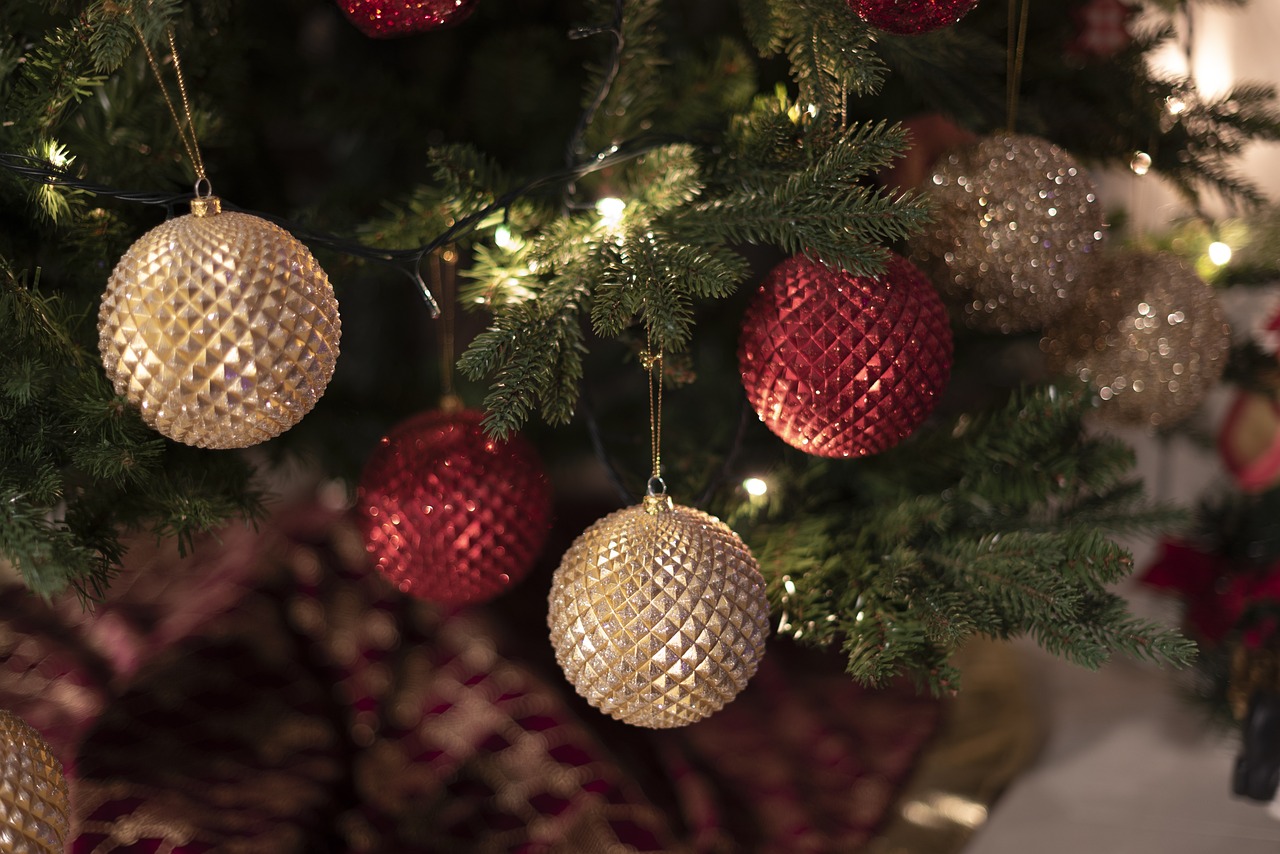Ivy can make trees look beautiful, but did you know it can also hurt them? While ivy is green and pretty, it can cause a lot of problems for trees. In this blog, we’ll talk about the issues ivy can cause and how to grow it safely if you want it in your yard.

Why Ivy Can Be Bad for Trees
- Ivy Can Strangle the Tree
Ivy climbs up tree trunks and wraps around them. As it grows, it can squeeze the tree and stop it from getting the food and water it needs. This can make the tree weak and sick. - It Blocks the Sun
Ivy grows thick and covers the tree, stopping sunlight from reaching the tree’s leaves. Trees need sunlight to stay healthy, and without it, they may not grow properly. - It Can Spread Disease
Ivy can hold onto bugs and mold that can harm the tree. These diseases can make the tree even weaker, and the ivy makes it harder to spot the problems. - It Can Damage the Tree
Ivy’s roots can dig into the tree’s bark, which can hurt the tree’s trunk. Over time, this can make the tree less strong and more likely to break in strong winds. - Fire Danger
If there’s a fire, ivy can catch fire easily, spreading the flames to your tree quickly. This makes fires more dangerous for your property.
How to Grow Ivy Safely
If you love ivy but want to protect your trees, here are some ways to grow it safely:
- Pick the Right Ivy
Some types of ivy are safer for trees than others. English ivy is very strong and can harm trees quickly. Look for types that are not so aggressive. - Keep Ivy Trimmed
If you let ivy grow on your tree, trim it often to keep it under control. Don’t let it cover the tree too much. Keep it from growing on the tree’s branches. - Use a Trellis
Instead of letting ivy climb up the tree, put up a trellis or a structure for the ivy to grow on. This keeps the ivy off the tree and still lets it grow in your garden. - Check Your Trees
If ivy is growing on your tree, check it often for any damage or signs of trouble. Look for things like sick leaves or cracks in the bark. Catching problems early will help protect your tree. - Control Ivy at the Bottom
If you let ivy grow near the bottom of your tree, make sure it stays there. You can use mulch or fabric to stop the ivy from climbing the trunk. - Carefully Remove Ivy
If ivy is hurting your tree, you may need to remove it. Cut the ivy at the bottom and slowly pull it off the tree. Be careful not to damage the tree’s bark. - Ask for Help
If you’re not sure how to handle ivy on your tree, it’s a good idea to ask a professional. Arborists know how to care for trees and can help keep your tree safe.
Conclusion
Ivy can make your trees look pretty, but it’s important to understand that it can also cause harm. By keeping ivy under control, picking the right types, and checking your tree often, you can keep your tree healthy and safe. If you need help, our certified arborists at ClearTree Bainbridge are always here to give you advice and care for your trees.
If you’re worried about ivy or other tree problems, contact us today! We’re here to help keep your trees healthy and safe.




